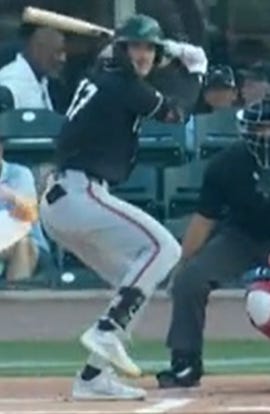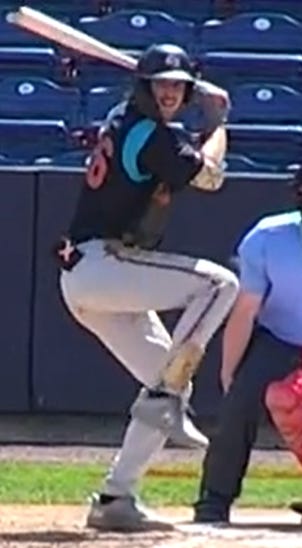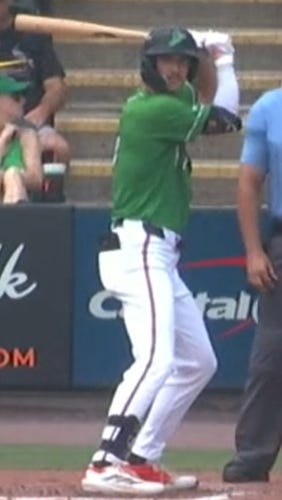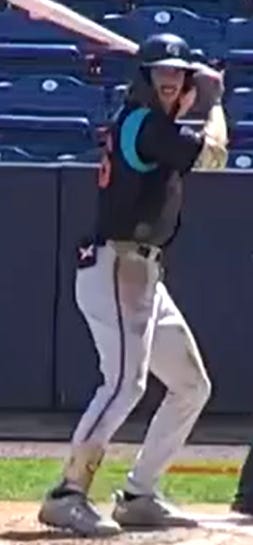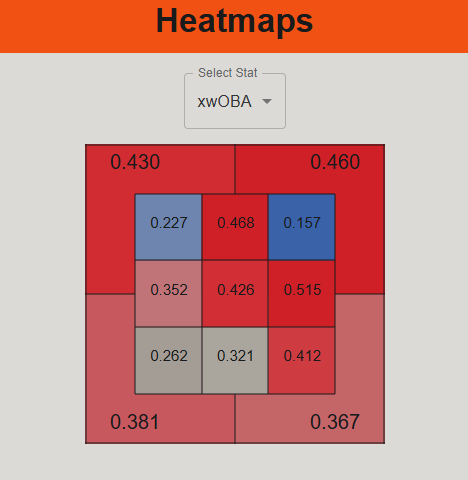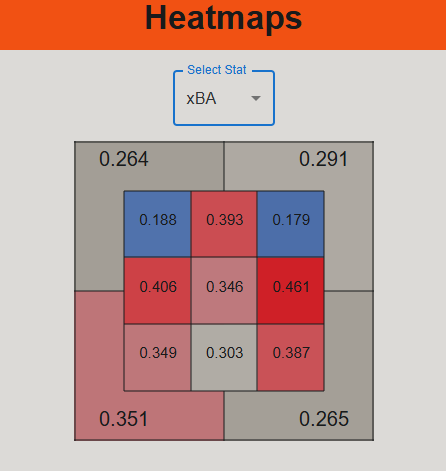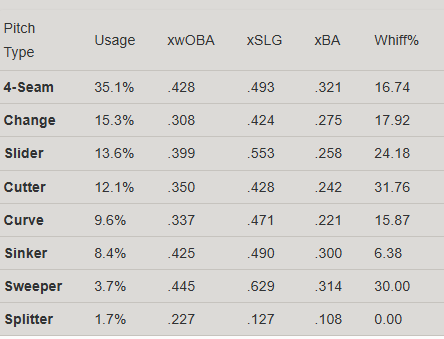Dylan Beavers Has Earned A Spot With The Baltimore Orioles
What else does Dylan Beavers need to prove?
Dylan Beavers has been tearing up Triple-A over the last month and is in the midst of a career year. Through 87 games and 384 plate appearances, he’s hitting .309/.423/.538 with 18 home runs, 74 runs scored, 50 RBI, and 22 stolen bases. He owns a .425 wOBA and a 158 wRC+, with a 16.1% walk rate and a 17.2% strikeout rate. He is the only player across all of Minor League Baseball to record at least 15 home runs, a 15% walk rate, and 70 runs scored. If you expand the criteria to players with just 15 or more home runs and a 15% walk rate, there are currently seven others, but Beavers and Luis Campusano are the only two with a strikeout rate under 20%.
Beavers made noticeable adjustments to his load this season. He eliminated his high leg kick in favor of a slightly shorter one, and at times will use a toe tap. This change has helped him stay in rhythm with his body and adjust more effectively to different pitch types. His movements are more controlled, allowing him to be on time more consistently against various offerings.
When it comes to his stance, Beavers is now slightly more closed off and starts with a flatter bat angle as he begins his load. The swing this season looks smoother, with quieter movements and a more controlled approach to swing decisions. Both his strikeout and walk rates are elite, especially given his raw power. His 17.2% strikeout rate is a career low over a full season, showing growth in approach and bat-to-ball skills, while his 16.1% walk rate is the highest he’s posted at any MiLB level, highlighting improved plate discipline.
While we could look at his small 10-batted-ball event profile in Triple-A in 2024, it wouldn’t be fair to compare that to a 2025 sample with 243 more batted ball events. Instead, it makes more sense to compare this season to his 119-game Double-A campaign, where he logged over 500 plate appearances. In that comparison, Beavers is hitting more line drives, increasing his line drive rate from 22.0% to 29.9%, with only a slight increase in ground ball rate, which is nothing concerning. The only notable drawback to me is his fly ball rate dropping from 49.1% to 38.2%. However, he’s hit three more homers in 125 fewer at-bats, showing he’s still producing more power despite fewer fly balls.
Beavers’ advanced profile shows a strong combination of contact quality and plate discipline. He has an 89.3% zone contact rate, a swinging strike rate of just 6.7%, and chase and whiff rates of 20.4% and 19.2%, respectively, both among the best in the minors. His expected stats show a continuation of his strong results, with a .385 xwOBA, .278 xBA, and .479 xSLG. He also boasts above-average marks in average exit velocity (89.8 MPH), max exit velocity (110.3 MPH), barrel rate (9.6%), and Pull AIR% (20.0%).
In terms of production against specific pitch types, Beavers has kept his whiff rates low across the board. Against four-seam fastballs, he’s posted a .428 wOBA, a .493 expected slugging percentage, and a .321 expected batting average. He has also shown high slugging potential against both sliders and sweepers, further showing his ability to handle a variety of offerings.
With his improved mechanics, elite plate discipline, and strong batted-ball profile, Beavers has nothing left to prove in Triple-A. He has earned the opportunity to make starts for the Orioles at the Major League level, and his performance this season shows he’s ready to make an impact.
Data Credit: @fangraphs | @ProspectSavant



